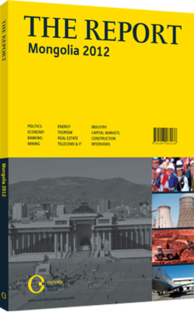This chapter includes the following articles.
Country Profile

With only 3m inhabitants in an area larger than Western Europe, the country has long been known for its unique nomadic culture. Nearly half of all Mongolians still make their living as herders on the steppe, although many have migrated in recent decades to Ulaanbaatar, which hosts a third of the population. Mongolia became a Soviet Union satellite after its former ruler, the Chinese Qing dynasty, collapsed in 1919. Since the dissolution of the USSR, however, the country has attracted attention from international investors for its copious endowments of minerals — particularly coal, copper and gold. Recent changes to investment laws that allow for foreign ownership have primed Mongolia for massive inflows of foreign direct investment (FDI) and expected GDP growth rates of 15% or more.
